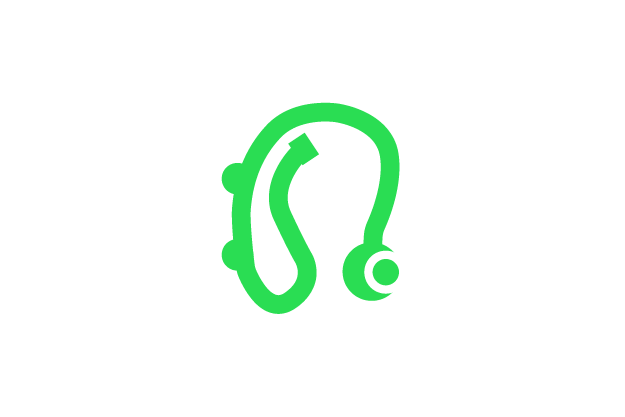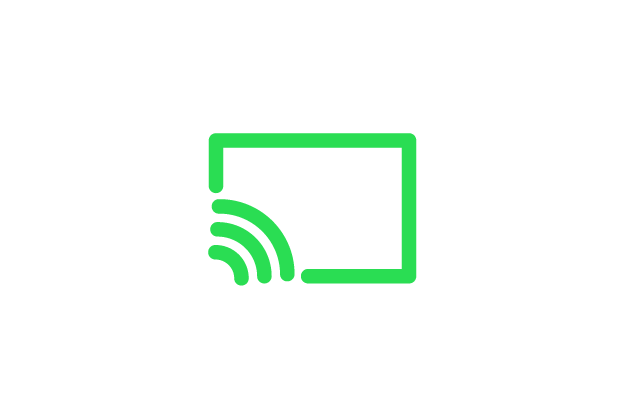Hearing Aid Strategies
Why standard hearing aid practices often fall short for individuals with severe-to-profound hearing.
When it comes to treating hearing loss, one thing is clear: hearing aids work. Modern digital hearing aid technology has revolutionized how we support individuals with mild to moderate hearing loss—offering better speech clarity, dynamic volume control, and improved listening comfort.
But for those with severe to profound hearing loss (S2P), the story is more complicated. Evidence-based hearing aid strategies developed for mild hearing loss don't always translate to success for those with greater hearing impairments. So, why is severe to profound hearing loss different—and what can you do about it?
Understanding the Differences in Hearing Loss Severity
Mild to moderate hearing loss is often linked to aging or noise exposure and tends to follow a predictable pattern—usually beginning with high-frequency loss. In contrast, severe to profound hearing loss can occur at any age and from a wide range of causes, including:
- Congenital conditions
- Sudden sensorineural hearing loss
- Progressive disorders
- Ototoxic medications or infections
This variation results in significant differences in audiometric profiles, hair cell damage, and neural involvement. S2P hearing loss typically includes:
- Greater loss of inner and outer hair cells
- Presence of cochlear dead regions
- Reduced number of functioning auditory nerve fibers
- Smaller dynamic range of hearing
These biological and neurological factors contribute to distorted or unclear speech perception, even when sounds are made audible with hearing aids.
Do Hearing Aids Work for Severe to Profound Hearing Loss?
Yes—and no.
Some hearing aid features developed for mild-to-moderate hearing loss can benefit individuals with S2P loss. However, there are crucial limitations. The key is to match hearing aid technology with the patient’s specific hearing abilities and communication needs.
What Hearing Aids Do Well for Severe Hearing Loss
Modern hearing aids offer several benefits for individuals with severe hearing loss, including:
What Needs Improvement in S2P Hearing Aid Fittings
Despite these advantages, there are areas that require more attention in the clinical treatment of severe to profound hearing loss. The lack of research specific to S2P hearing loss means most clinical studies focus on individuals with mild to moderate loss, leading to a knowledge gap when treating S2P patients. Poor real-ear matching to target gains is also a concern. In one study of cochlear implant candidates with S2P hearing loss¹, only 29% had hearing aids that met NAL-NL targets for conversational speech. Again, emphasis for first fitting should be appropriate speech audibility.
Because S2P listeners are likely to have poorer fine-grained spectral discrimination, they lean on their ability to interpret other cues, like speech envelope and preserving that envelope information is key to some amplification strategies.
Setting envelope preservation aside, data suggest we can avoid high compression ratios coupled with fast compression time constants, or use aggressive frequency lowering parameters in an effort to “squash” all of the aided speech signal into the listeners’ dynamic range. In other words,
Use what you need, verify aided output, and take the wearer's reported experience into account.
Noise management is also important, as those with severe loss report are significantly challenged in holding conversations in noise over listeners with milder loss². Adaptive directionality is effective. It can can improve speech recognition in listening environments with low to moderate noise.
For noisier environments like a crowded restaurant, remote microphones can offer more of a benefit. However, studies suggest user rates for remote microphones are low for adults with S2P loss. Discussing this technology with S2P patients can be an effective way to improve signal-to-noise ratio. Couple these with custom earmolds over non-custom 'dome tips' in hearing aids for an even more dramatic improvement to listening experience.
Final Thoughts: Better Hearing Care for Severe to Profound Hearing Loss
Managing severe to profound hearing loss is more than just fitting a hearing aid—it requires:
- Understanding each patient’s unique hearing profile
- Choosing technology based on functional hearing needs
- Verifying and adjusting fittings based on real-ear measures
- Incorporating assistive devices to maximize hearing in noise
- Listening to and respecting patient feedback
While perfection may not be possible, optimized hearing aid strategies for severe hearing loss can significantly improve quality of life. By using a patient-centered, evidence-informed approach, audiologists can offer far better outcomes for individuals with profound hearing challenges.
References:
1 Holder, J. T., Reynolds, S. M., Sunderhaus, L. W., & Gifford, R. H. (2018). Current profile of adults presenting for preoperative cochlear implant evaluation. Trends in Hearing, 22, 2331216518755288.
2 Souza, P., Hoover, E., Blackburn, M., & Gallun, F. J. (2018). The characteristics of adults with severe hearing loss. Journal of the American Academy of Audiology, 29, 764-779.





